
David Flaspohler will share his knowledge on Husky Bites, a free, interactive Zoom webinar on Monday, 4/3 at 6 pm ET. Learn something new in just 30 minutes or so, with time after for Q&A! Get the full scoop and register at mtu.edu/huskybites.

What are you doing for supper this Monday 4/3 at 6ET? Grab a bite with Dean Janet Callahan and Professor David Flaspohler, interim dean of the College of Forest Resources and Environmental Science.
Joining in will be Forest Science PhD student Ryne Rutherford and social sciences undergraduate Brendan Leddy—both avid birders.
“Worldwide, birding numbers grew dramatically during the pandemic as people looked for safe, healthy activities to replace some of the social things they used to do,” says Flaspohler.
During Husky Bites, he’ll talk about the practice of bird watching/birding, how one can get involved in it, the many physical and mental health benefits of birding—and what we can learn from birds that will enrich our lives and help us deal with challenges in life.
Prof. Flaspohler earned his BS in Architecture and Urban Planning at the University of Michigan, and then his MS in Conservation Biology and Sustainable Development, and his PhD in Wildlife Ecology, both at the University of Wisconsin-Madison. As a researcher, Dr. Flaspohler seeks to understand how organisms interact with their environment. He pays particular attention to human-altered ecosystems—and species that are most sensitive to such changes (including and especially birds).

Flaspohler emphasizes a multidisciplinary approach to solving scientific and societal problems. Over the years he has studied the influence of human activities on natural ecosystems: the effects of forest fragmentation on songbird demography; the influence of riparian forest management on bird, fish, and aquatic invertebrate communities; and the ecological role of overabundant deer in island national parks. He also investigates how to best facilitate the transfer of basic and applied scientific research to management.
In addition to serving as interim dean of the College of Forest Resources and Environmental Science, Dr. Flaspohler teaches several popular courses.
One of those is Field Ornithology, a one credit course at Michigan Tech that takes students on a 3-day camping trip of birding throughout the UP during spring migration in early May.
Leddy took the Field Ornithology course with Dr. Flaspohler. Ryne Rutherford was there, too, serving as a TA for the course.

“When I first arrived at Michigan Tech as a student in 2019, my major was wildlife ecology and conservation. I swiftly sought to meet Doctor of Ornithology, Dr. David Flaspohler,” says Leddy.
“We did a bird-banding presentation together at Houghton High School, to teach about birds and bird banding,” he says.
Then the Covid-19 pandemic happened.
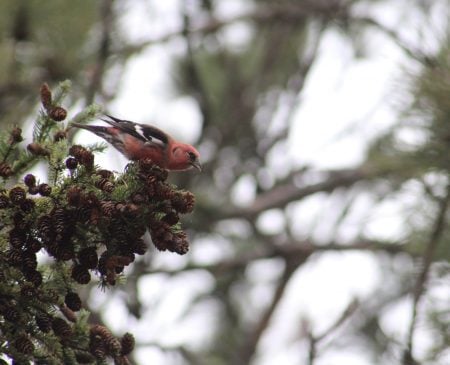
“After about a year and a half of the Covid, I came back to Tech and changed my major to social sciences,” says Leddy. “I’ve always been very passionate about the environment and also about divisive issues affecting society. That’s why I levitated towards social sciences.”
Another thing Leddy has accomplished while at Michigan Tech: helping to reduce bird window strikes on campus. Working with CFRES Professor Dana Richter and Tom Polkinghorn, former building manager of Michigan Tech’s Dow building, the trio implemented window films at several locations in the East and South sections of the Dow.
“The window films reflect UV light, something we cannot see but birds can, encouraging them to avoid hitting windows as it makes them no longer believe they can fly through the glass,” Leddy explains.
It’s hard for Leddy to remember a time he wasn’t passionate about feathered friends.
“When I was a mere 4 years old, my mother would show me her little bird book knowing I had an interest as I was always staring out the window at birds,” Brendan recalls. “Eventually she got me a small little guide called Birds of Michigan.
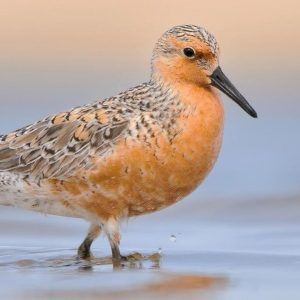
“When I was in 3rd grade I did a science experiment for my elementary school science fair titled ‘What’s for Lunch?’ studying which birds come to which feeders, and how changing the seed and feeder design affected those things. In 4th grade I first learned about the Oakland Audubon Society and when I was 12 years old I spoke on behalf of the Oakland Audubon Society at the Detroit Audubon Symposium explaining the ‘Top 10 Tips for Young Birders’. That same year, a Varied Thrush showed up in my backyard. A bird of the Pacific Northwest, it was the first time one had been spotted in the county in 30 years,” he says.
“Since then, my passion soared and I have birded in numerous locations throughout Michigan, the US, and even parts of Europe. My life list currently stands at 555 species, with my most recent lifer being a Red Knot that showed up at Calumet Sewage Lagoons, a regular rarity for the state, especially the Keweenaw.”
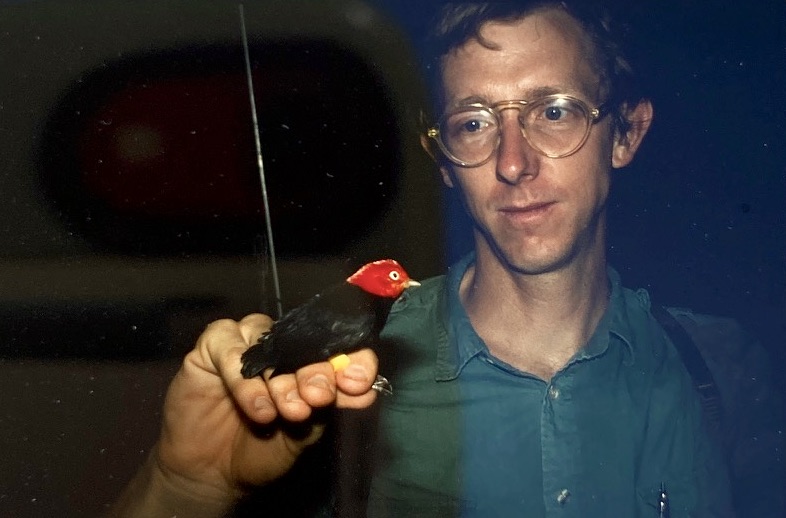
Prof. Flaspohler, how did you first get into birding? What sparked your interest?
My father was a biologist and casual birder as was my brother.

Hometown, family?
I grew up in Kalamazoo, Michigan. My wife, Carrie, and I have 2 adult daughters who are both in science: Genevieve and Ingrid. Our son Erik is a freshman at the University of Michigan studying engineering. And we have 3 cats: Pierre, Sugar and Momo.
What do you like to do in your spare time?
My hobbies include birding (of course), cross country skiing, snowshoeing, road biking, carpentry, reading (mostly fiction) and travel.
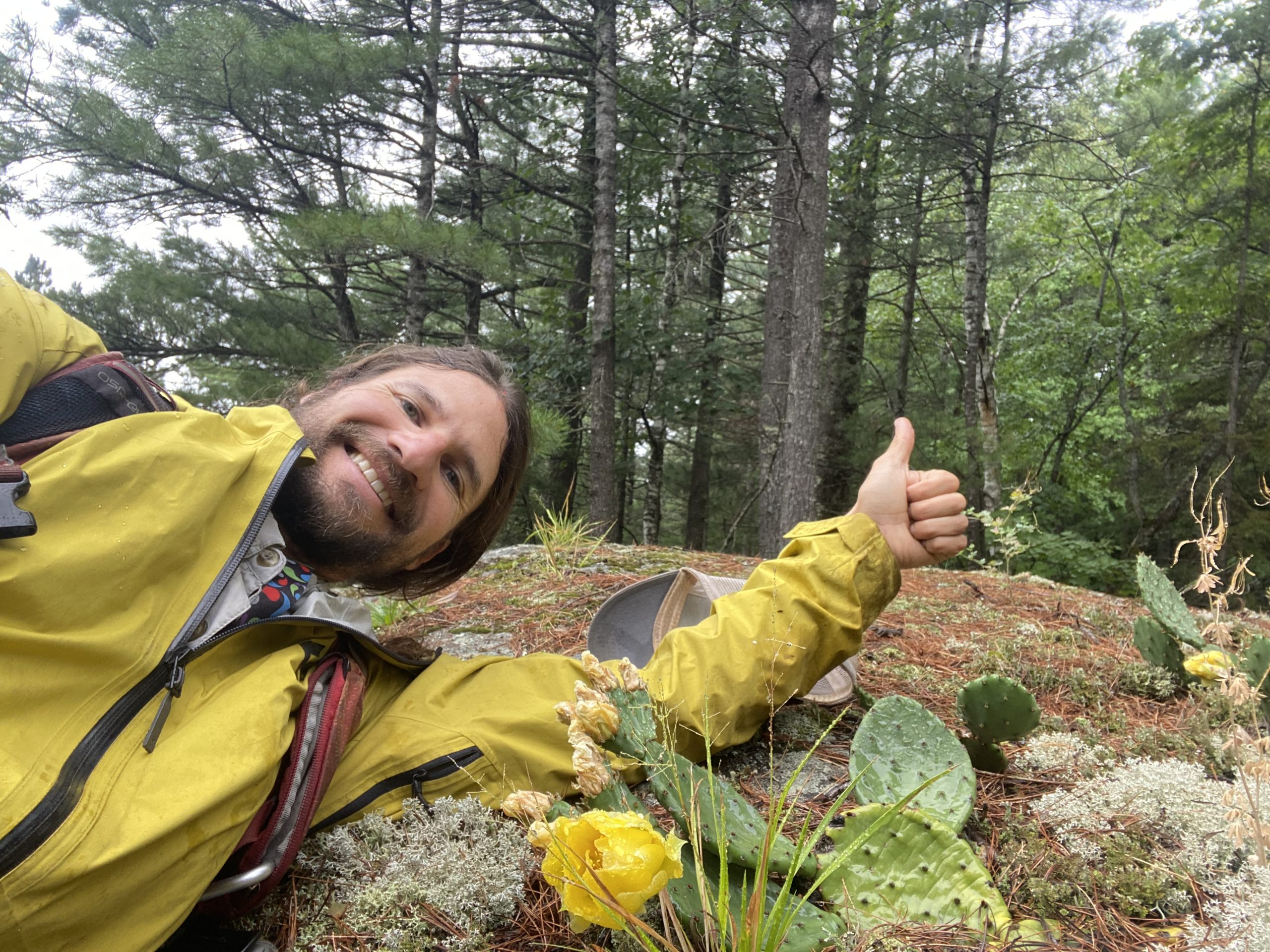
Ryne, how did you first get into forest science? What sparked your interest?
I’ve been a passionate naturalist since I was five and have always felt destined to end up in the natural sciences. Here are some links to my research:
Yooper makes cactus discovery in heights of Michigan’s Huron Mountains – mlive.com
Rising water makes Lake Michigan wetlands vulnerable to invaders | Great Lakes Echo
Not a ‘pass-through spectator’ | News, Sports, Jobs – The Mining Journal
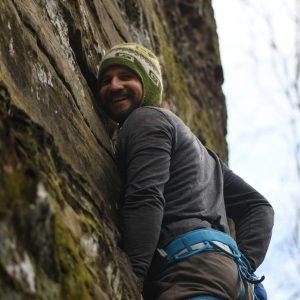
Michigan Tech Student Finds Cactus Species in the U.P.!
Hometown, family?
I grew up in East Lansing, Michigan, but I have lived in the UP for 18 years now (first Marquette, then Iron Mountain, Rapid River area, Ontonagon area, and now Houghton). I have two kids.
What do you like to do in your spare time?
My hobbies are mostly related to my work. Birding and rock climbing are two main ones.
How did you meet Dr. Flashpoler?
He is my PhD advisor. We first met while birding years ago.
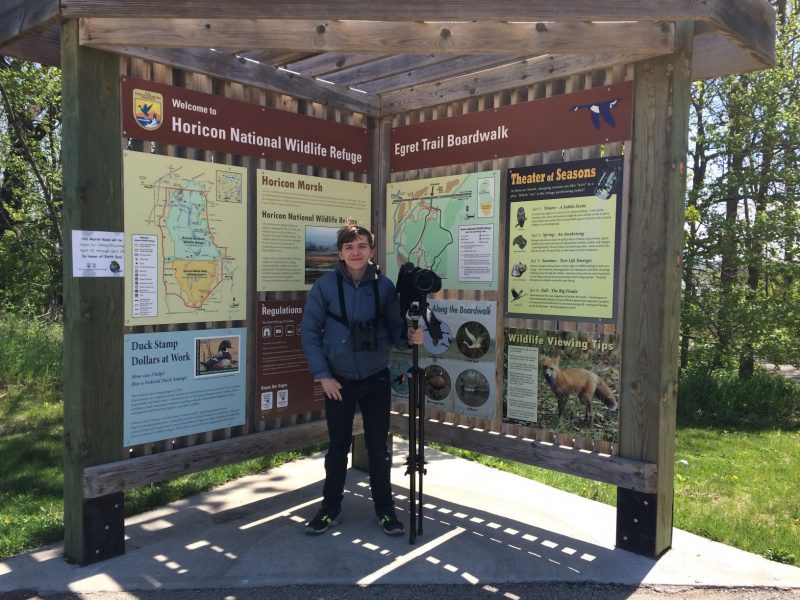
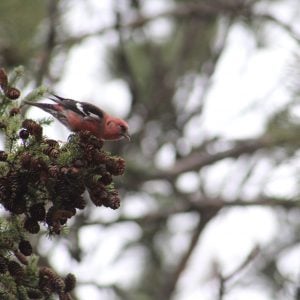
Brendan, how did you first get into social sciences? Why Michigan Tech?
When I was young I would say, “I’m gonna run for president someday.” I can confirm with confidence that statement still stands. Both of my parents went to Tech, but getting to visit in 2015 while going to Isle Royale for a week of hiking made me fall in love with the area, and Michigan Tech.
Hometown and Family?
I grew up in Clarkston, Michigan, a town in a small strip of green between the concrete of Detroit and the city of Flint. I always love to say “If you’ve had Union MacNCheese, you’ve been to Clarkston.”
My parents met at Michigan Tech on the top floor of McNair in the early 80s. They both were studying mechanical engineering. My father worked at Dassault Systems for over 25 years programming robots and my mother worked at General Motors for close to 30 years working as a program manager in the Cadillac Design studio and Cadillac Infotainment.
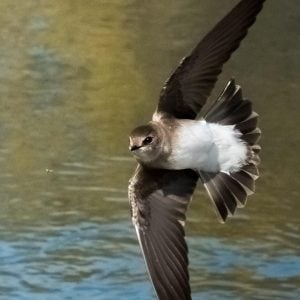
I have one older sister. She double-majored in biochemistry and French at Kalamazoo College. After graduating, she worked for two years at the Max Planck Institute in Jena, Germany. She is now married to my wonderful brother-in-law Anselm and working toward a PhD in Genetics at Cornell.
Any pets? What do you like to do in your spare time?
We have a family rabbit named Johannes Vermeer ( JoJo for short) after the dutch painter. My greatest hobby by far is birdwatching.
Read More:
Guest Blog: Learning from the Pandemic, by David Flaspohler